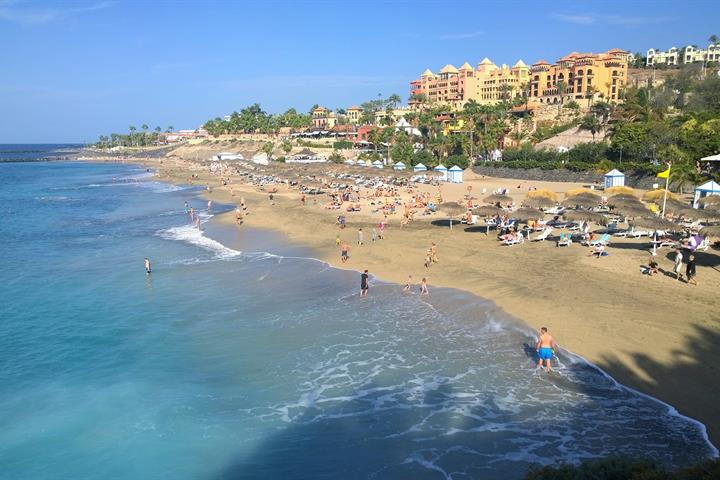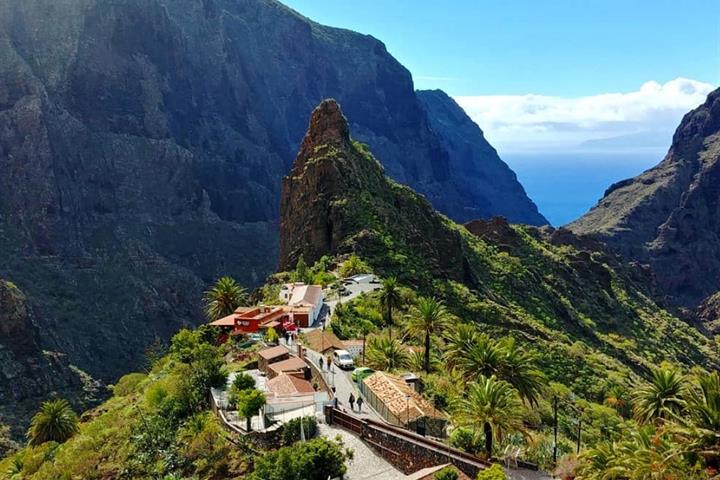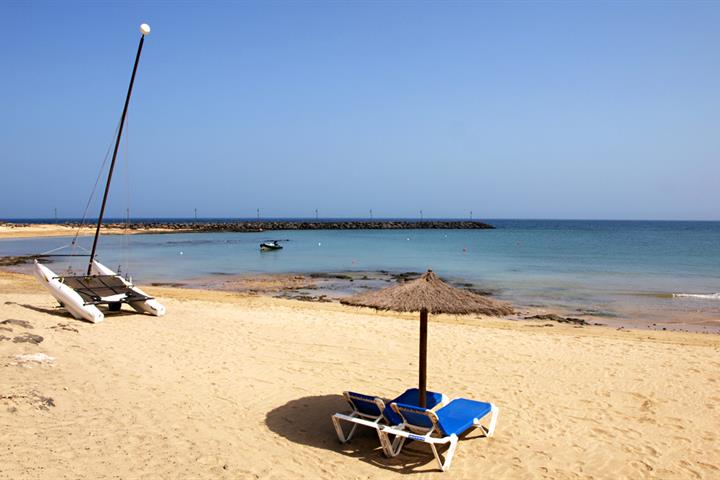Wyspy Kanaryjskie - informacja turystyczna i wideo
Informacje wakacyjne, fakty, zdjęcia i wideo - Wyspy Kanaryjskie
Wyróżnione domy wakacyjne w na Wyspy Kanaryjskie
Rzeczy do zrobienia
Ciekawe miejsca do zobaczenia na Wyspy Kanaryjskie
Opinie - Wyspy Kanaryjskie
Średnia ocen - Na podstawie 2125 opinii.
Miasto
| Miasto: |
Dodany przez: DAREK
2018-08-31
Ta opinia jest w języku polski
Ta opinia jest w języku polski
Zgłoś nadużycie
Uważasz, że to nadużycie
| Miasto: |
Dodany przez: Ewa Traczyk
2016-09-01
Ta opinia jest w języku polski
Ta opinia jest w języku polski
Zgłoś nadużycie
Uważasz, że to nadużycie
| Miasto: |
Dodany przez: magdalena
2016-07-19
Ta opinia jest w języku polski
Ta opinia jest w języku polski
Zgłoś nadużycie
Uważasz, że to nadużycie
| Miasto: |
Dodany przez: PIOTR
2016-07-18
Ta opinia jest w języku polski
Ta opinia jest w języku polski
Zgłoś nadużycie
Uważasz, że to nadużycie
| Miasto: |
Dodany przez: anna
2016-04-26
Ta opinia jest w języku polski
Ta opinia jest w języku polski
Zgłoś nadużycie
Uważasz, że to nadużycie
| Miasto: |
Dodany przez: Krzysztof
2016-04-25
Ta opinia jest w języku polski
Ta opinia jest w języku polski
Zgłoś nadużycie
Uważasz, że to nadużycie
| Miasto: |
Dodany przez: Jeremy
2015-08-27
Ta opinia jest w języku polski
Ta opinia jest w języku polski
Zgłoś nadużycie
Uważasz, że to nadużycie
| Miasto: |
Dodany przez: Marek
2015-05-13
Ta opinia jest w języku polski
Ta opinia jest w języku polski
Zgłoś nadużycie
Uważasz, że to nadużycie







